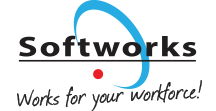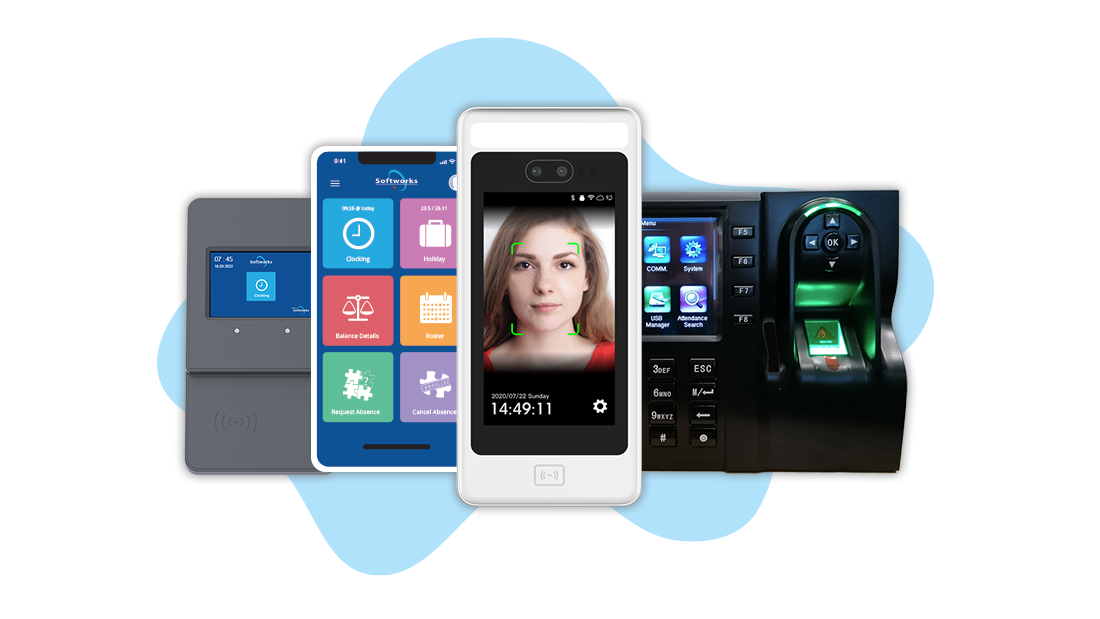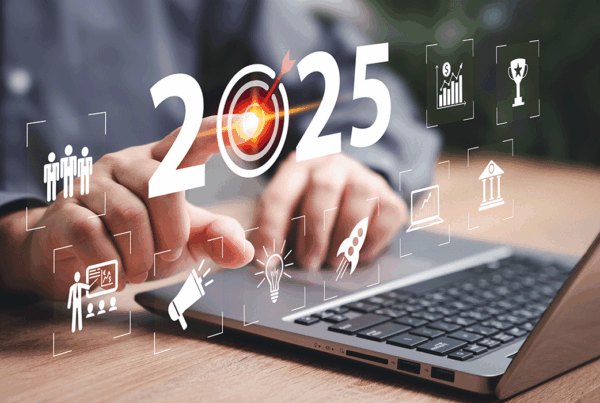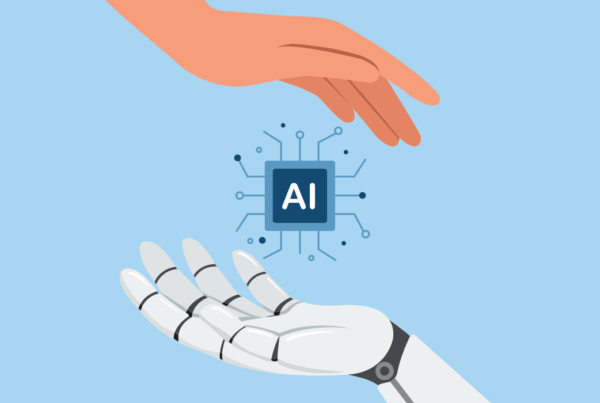In the realm of workforce management, clocking systems stand as a pivotal foundation, guiding businesses through the challenges of time tracking, payroll processing, and even performance management. For many organizations, clocking systems aren’t merely tools to note when an employee clocks in or out; they are the silent custodians of workforce productivity, discipline, and accountability.
From the bygone eras where workers punched their time cards to today’s advanced biometric and digital solutions, clocking systems have witnessed an evolutionary journey. They’ve morphed from mere time-tracking apparatus to integrated systems that can offer insights into work patterns, potential time fraud, and even areas for organizational improvement.
As we navigate further, we’ll delve into the various clocking systems available today, shedding light on their benefits and challenges. Whether you’re a business professional or someone intrigued by the tools behind the corporate scene, this guide offers a concise overview of the significance of clocking systems in today’s workforce.
The Historical Perspective: Evolution of Timekeeping Tools
The journey of clocking systems is a fascinating reflection of human ingenuity and the persistent drive to enhance productivity and efficiency. Let’s embark on a brief journey through time to understand where it all began.
Nature’s Clocks: Sundials and Water Clocks
In ancient civilizations, timekeeping was rooted in nature’s rhythms, with tools like sundials and water clocks marking the passage of hours.
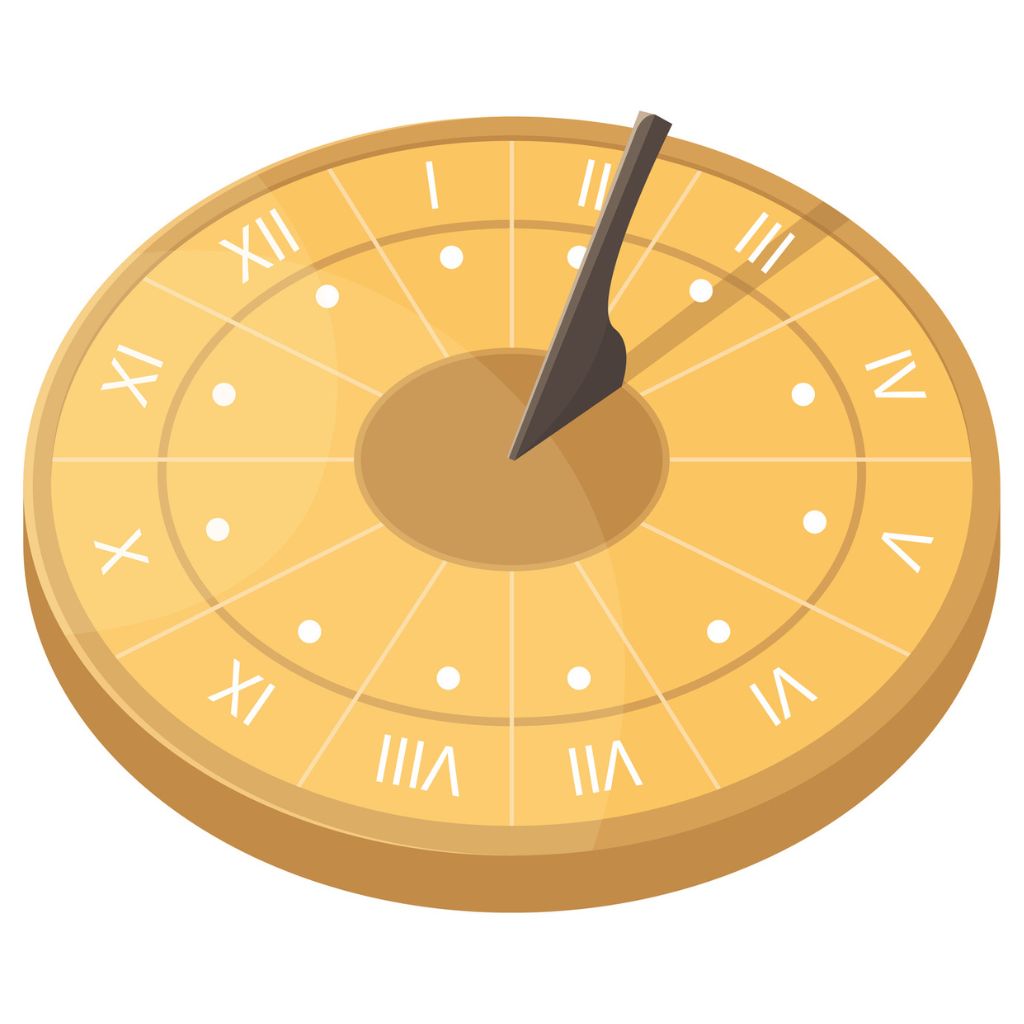
The sundial, one of the earliest timekeeping devices, dates back to ancient Egypt and Babylon. Crafted with a stick or an obelisk, it would cast a shadow on a flat surface marked with hour lines. As the sun moved across the sky, the shadow would shift, indicating the passage of time. However, sundials had their limitations; they were dependent on sunlight and couldn’t be used during cloudy days or at night.
To overcome the limitations of the sundial, ancient civilizations developed water clocks or clepsydrae. These were containers filled with water, which would slowly leak out at a consistent rate. The level of water in the container provided an indication of time passed. Water clocks were widely used across cultures, from ancient China and India to Greece and Rome. They offered the advantage of keeping time during night hours and on cloudy days, but they needed regular monitoring and refilling.
Transition to Manual Timekeeping in the Industrial Age
As societies transitioned from agrarian to industrial, the concept of ‘working hours’ gained prominence. The advent of factories required a more standardized way of tracking workers’ hours. This gave rise to the time card system in the late 19th and early 20th centuries. Workers would punch in their arrival and departure times on paper cards, a method that remained prevalent for decades.
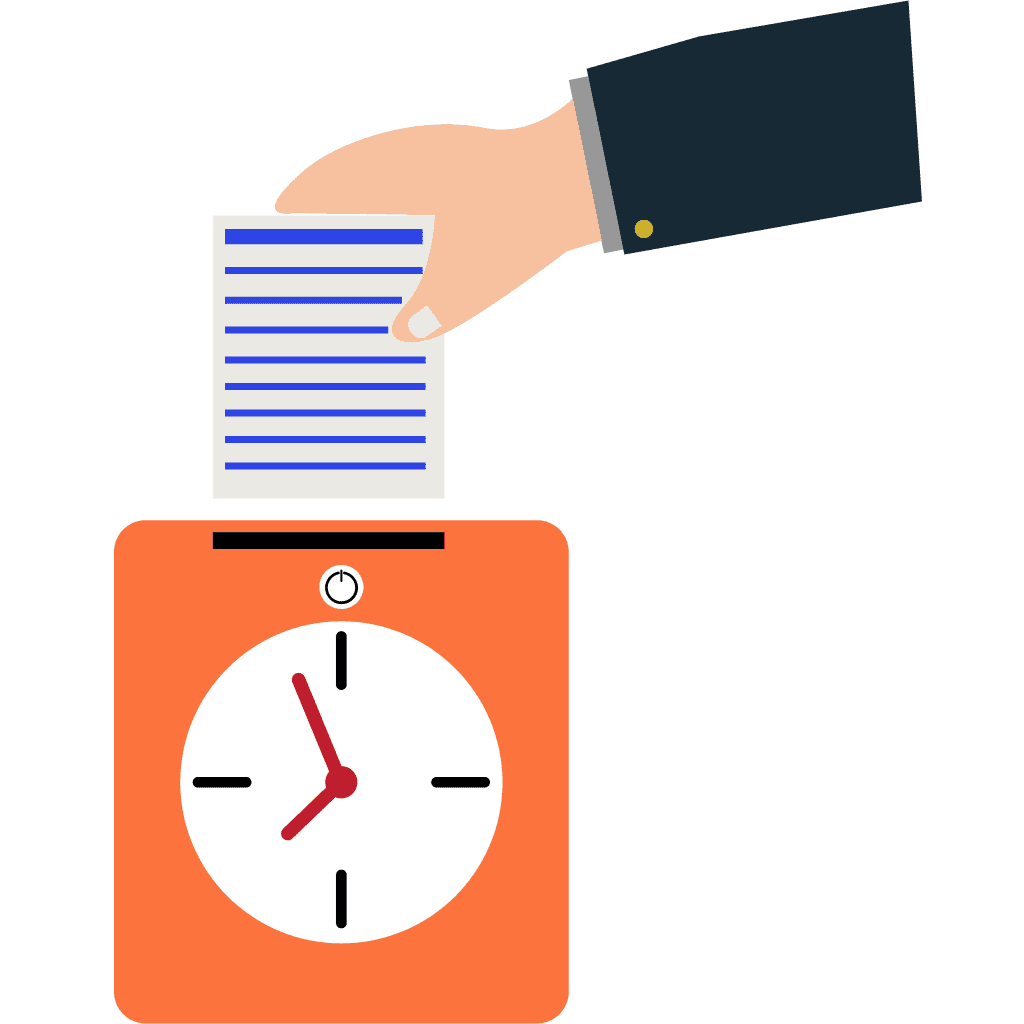
While these paper-based systems standardized the timekeeping process to some extent, they were not without their challenges. Manual entries meant there was room for human error, intentional time manipulation, or ‘buddy punching,’ where a colleague could clock in for a friend. Moreover, for businesses with a growing workforce, calculating hours manually from these cards became a laborious task, setting the stage for the next wave of innovation in timekeeping.
The Move from Manual to Automated Systems
The latter half of the 20th century brought with it a technological revolution. Manual punch clocks started being replaced with electronic time clocks, which reduced errors and streamlined the time-tracking process. The magnetic stripe card, much like the ones used for banking, found a place in the corporate world, allowing employees to ‘swipe in’ and ‘swipe out’.
As computers became integral to businesses, software-based timekeeping solutions emerged, offering detailed reports, integrating with payroll systems, and providing unprecedented accuracy and efficiency.
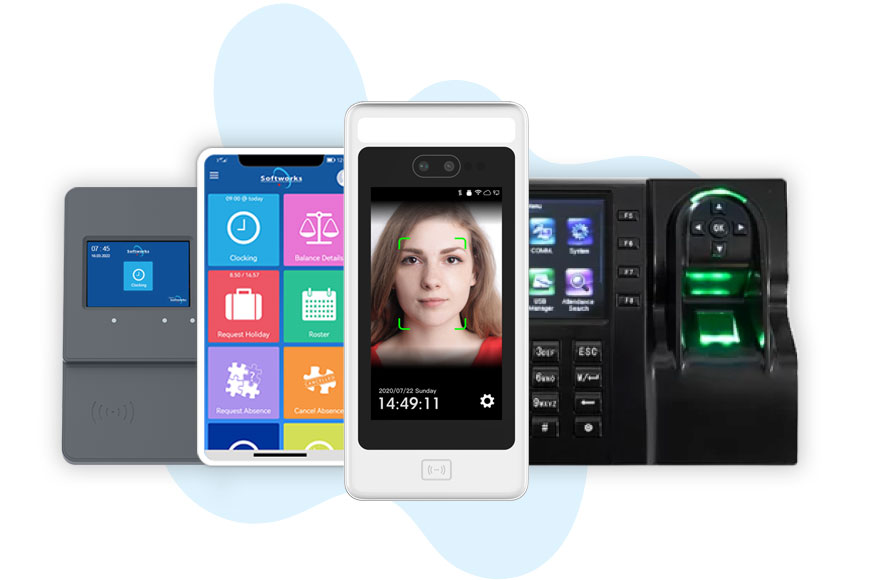
From observing the sun’s shadow to tapping on a mobile app, the trajectory of timekeeping tools is a testament to mankind’s evolution in managing one of its most precious resources—time. In subsequent sections, we’ll explore the nuances of modern clocking systems and their profound impact on today’s workforce.
Learn more: Softworks Clocking Systems
Physical Clocking Systems: A Closer Look
The evolution of clocking systems has led to a myriad of physical tools designed to streamline the process of time-tracking. From the unique ridges of our fingerprints to the contours of our faces, modern technology has leveraged our physical attributes to create reliable and efficient clocking systems. Let’s delve deeper into these mechanisms.
Fingerprint Clocking Machine
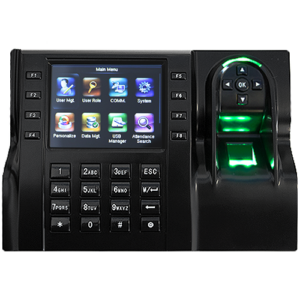
The Science Behind It: Fingerprint clocking machines operate on the principle that every individual has a unique fingerprint pattern. These machines use sensors to capture the minute details of a fingerprint and store it as a digital template. When an employee places their finger on the machine, it compares the scanned print with the stored template for authentication.
Advantages
Accuracy: With each fingerprint being unique, it eliminates ‘buddy punching’ and time fraud.
Efficiency: Swift authentication means reduced clock-in queues during peak hours.
Integration: These machines can easily integrate with workforce management software for seamless data transfer.
Potential Drawbacks
Wear and Tear: Fingerprint scanners can become less effective with frequent use or if the scanner surface becomes dirty.
Environmental Factors: Dry or damp fingers might not always get recognized swiftly.
Privacy Concerns: Storing biometric data can raise concerns about data privacy and misuse.
Industries Best Suited For
Manufacturing units, corporate offices, warehouses, and any environment requiring a quick but secure clocking mechanism.
Face Recognition Machine
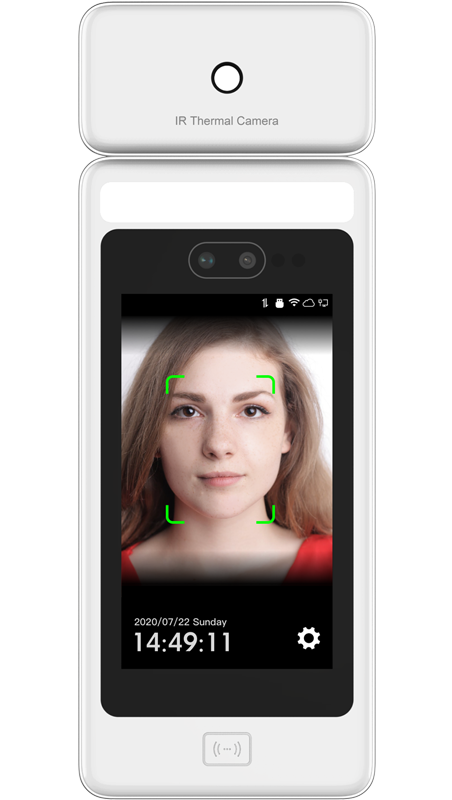
The Science Behind It: Face recognition machines use cameras and advanced algorithms to map and recognize the unique features of an individual’s face. The data points captured might include the distance between the eyes, the shape of the cheekbones, and other facial landmarks.
Advantages
Contactless: Reduces hygiene concerns, especially pertinent in post-pandemic times.
Efficiency: Instantaneous recognition speeds up the clocking process.
Versatility: Can be used in diverse lighting conditions and can recognize faces even with minor changes, like facial hair growth.
Advantages over Other Methods
Reduced Wear and Tear: No physical contact means less degradation over time.
Hygienic: Ideal for environments like hospitals where sanitation is crucial.
Difficult to Dupe: Unlike card systems, face recognition is harder to trick, reducing time fraud.
Card Clocking & Key Fob Systems
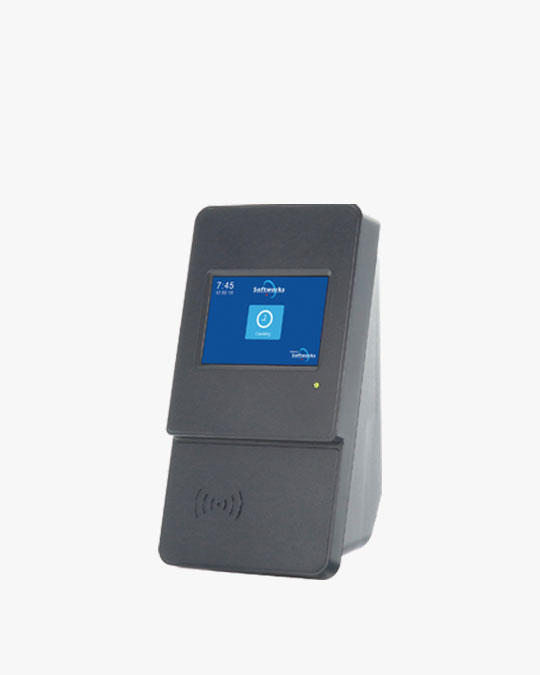
How They Work: Card clocking systems require employees to swipe or tap a card (embedded with a magnetic stripe or RFID chip) on a reader. Key fobs operate similarly but are often more compact and can be attached to keychains.
Advantages
Convenience: Quick and easy to use, often just requiring a tap or swipe.
Scalability: Easy to issue new cards or fobs for growing teams.
Cost-Effective: Generally cheaper than biometric systems.
Security Concerns and Mitigation Measures
Loss or Theft: Cards or fobs can be lost or stolen, potentially allowing unauthorized access.
Duplication: Advanced tools can clone certain card systems.
Mitigation: Implement multi-factor authentication, use encrypted cards, regular audits of access logs, and instant deactivation of lost cards or fobs.
This exploration underscores the breadth of options available in physical clocking systems. Each comes with its set of advantages and considerations, making the choice dependent on the specific needs of an organization and its workforce.
Learn more: Softworks Clocking Systems
Digital Era: Mobile App and Desktop Portal Clocking
As the world becomes increasingly digital, so does the realm of timekeeping. The ubiquity of smartphones and the growth of remote work have paved the way for mobile apps and desktop portals to take center stage in workforce management. Let’s dissect these non-physical clocking systems and understand their prominence in the modern workplace.
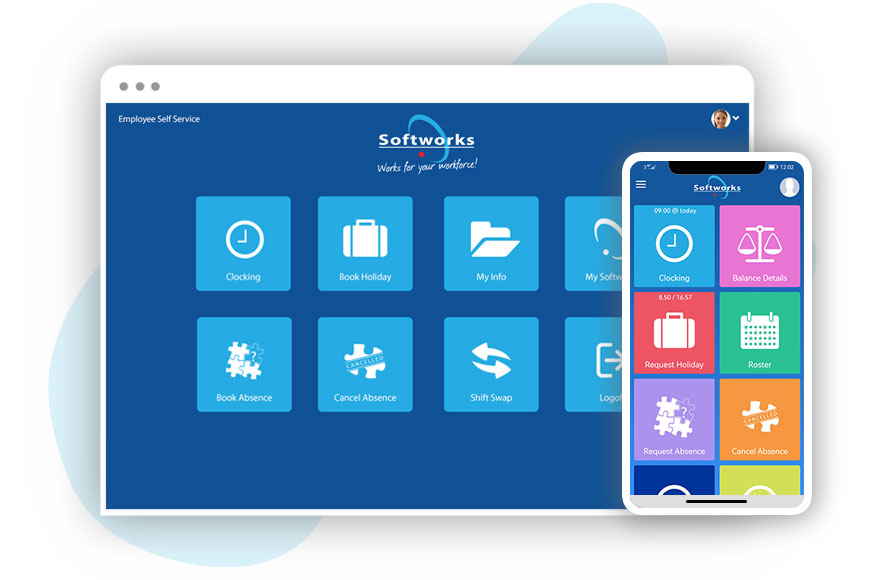
Advantages of Non-Physical Clocking Methods
Flexibility: Whether working from a coffee shop, home office, or on-the-go, employees can clock in from anywhere.
Integration: These systems can seamlessly integrate with other business tools, streamlining payroll, attendance tracking, and project management.
Real-Time Data: Managers can access real-time attendance data, enhancing responsiveness to workforce dynamics.
Cost-Efficient: With no need for physical infrastructure, these solutions often prove more cost-effective in the long run.
Incorporating Geolocation and IP Tracking for Accurate Logging
Geolocation: Using the device’s GPS, businesses can ensure that employees clock in from an approved location, which is especially useful for roles like field sales or on-site services.
IP Tracking: By monitoring the IP address from which an employee clocks in, companies can validate that the individual is accessing the system from a known or approved network, ensuring authenticity in remote work scenarios.
Security Measures and Employee Privacy Concerns
Data Encryption: Ensuring that data transmission and storage are encrypted protects against potential breaches and unauthorized access.
Multi-Factor Authentication (MFA): Incorporating an additional layer of security, like a one-time passcode, can prevent unauthorized clock-ins.
Privacy Policies: It’s essential to be transparent about data collection, storage, and use. Regularly updating and communicating privacy policies can build trust among employees.
Opt-Out Options: For features like geolocation, providing employees with opt-out options or only activating tracking during work hours can address privacy concerns.
The digital era’s clocking systems offer tremendous flexibility and precision. However, as with all technological solutions, they come with a set of challenges. Striking the right balance between efficiency, security, and privacy is key to harnessing their full potential in workforce management.
Learn more: Softworks Employee Self-service Portal and App
Comparing Physical vs. Non-Physical Clocking Systems
Timekeeping, an essential component of workforce management, has evolved dramatically over the years. As businesses grapple with the decision between physical and non-physical clocking systems, a deeper analysis of the comparative benefits and challenges becomes paramount. In the sections below, we’ll delve into the core dimensions of this comparison.

1. Cost Implications
In the financial blueprint of an organization, how clocking systems impact the bottom line is a primary concern. Whether it’s the upfront expenditure of procuring a device or the recurring costs of software subscriptions, understanding these financial aspects can guide informed decisions.
Physical Clocking Systems
Initial Investment: There’s often a significant upfront cost for devices.
Maintenance: Wear and tear lead to periodic maintenance costs.
Non-Physical Clocking Systems
Setup Costs: Predominantly software subscription or licensing fees, typically lower than physical systems.
Ongoing Costs: While updates or renewals might recur, they are generally economical.
2. Ease of Use and Setup
The efficiency of a clocking system is partly gauged by how user-friendly it is and the simplicity of its setup process. A steep learning curve or complicated installation can hinder smooth operations and affect overall productivity.
Physical Clocking Systems
Setup: Hardware-centric, possibly demanding specialized assistance.
Use: Direct and straightforward, involving tangible interactions.
Non-Physical Clocking Systems
Setup: More streamlined, centered around software or online platforms.
Use: Generally intuitive, though may require some initial orientation.
3. Scalability and Flexibility
As organizations grow and adapt, their timekeeping systems should be able to match pace. The ability to effortlessly accommodate an expanding workforce or adapt to flexible work conditions becomes a valuable asset.
Physical Clocking Systems
Scalability: Expansion might necessitate added hardware.
Flexibility: Generally location-bound, posing challenges for remote work scenarios.
Non-Physical Clocking Systems
Scalability: Built for easy expansion, suitable for teams of varying sizes.
Flexibility: Designed for the modern workforce, supporting diverse work environments.
4. Security and Fraud Prevention
The sanctity of time records is foundational to workforce management. A clocking system’s efficacy is also measured by how securely it captures data and its robustness against potential fraudulent activities.
Physical Clocking Systems
Security: Biometric modalities offer high security, but card systems can present vulnerabilities.
Fraud Prevention: Biometrics greatly diminish ‘buddy punching’ risks.
Non-Physical Clocking Systems
Security: Relies on comprehensive software security protocols. Potential cyber vulnerabilities need proactive guarding.
Fraud Prevention: Advanced features ensure authentic log-ins, but some reliance on employee honesty remains.
In evaluating the ideal clocking mechanism, organizations need a nuanced perspective. It’s not just about the present scenario, but also foreseeing future shifts in the workplace landscape. Both physical and non-physical clocking systems bring their sets of strengths and considerations to the table. Making the right choice involves harmonizing operational demands, financial constraints, and growth visions.
Learn more: Softworks Clocking Systems
Future Trends in Clocking Systems
The relentless march of technology invariably reshapes every industry, and clocking systems are no exception. As businesses push the boundaries of innovation, the very manner in which employees log their hours is undergoing a transformation. From deeper integrations to AI-driven enhancements, the future of clocking systems looks poised to offer more accuracy, convenience, and insights than ever before.

1. Integration with Other Workforce Management Tools
Today’s businesses demand unified solutions. Standalone systems, which operate in isolation, often lead to inefficiencies and disjointed processes. Recognizing this, the trend is moving towards holistic platforms.
Cloud-Based Platforms: With the increasing adoption of cloud technologies, clocking systems will seamlessly sync with cloud-based HR tools, offering flexibility, remote accessibility, and real-time data sharing.
Data-Driven Decision-making: Integrations will enable managers to cross-reference clocking data with other performance metrics, facilitating data-driven decision-making and more strategic workforce planning.
Automated Reporting: Deep integration can trigger automated, customized reports, offering insights on attendance patterns, overtime, and more, all tailored to a manager’s specific needs.
2. The Rise of Biometrics and Potential Concerns
Biometric solutions, with their promise of heightened security, are undoubtedly on the rise. However, as with all breakthroughs, they come with their share of concerns that need addressing.
Multi-Modal Biometrics: Combining multiple biometric modalities like fingerprint, face, and voice can offer even greater accuracy and reduce the chances of system manipulation.
Transparent Policies: As biometrics grow in prominence, transparent communication regarding data usage, storage, and deletion policies will become paramount.
On-Device Processing: To further assuage privacy concerns, future systems might process biometric data on the device itself, without sending it to a central server, ensuring data doesn’t leave the device.
3. AI and Machine Learning-Enhanced Clocking Systems
The infusion of Artificial Intelligence (AI) and Machine Learning (ML) into clocking systems heralds a new era of predictive insights and automation.
Personalized User Experiences: AI can tailor the clocking interface based on individual user preferences, ensuring an intuitive and user-friendly experience.
Employee Well-being: By analyzing clock-in/out patterns, breaks, and overtime, AI can offer insights into employee well-being, suggesting breaks or highlighting potential burnout trends.
Enhanced Forecasting: Beyond predictive attendance, ML can aid in forecasting workforce requirements based on market trends, seasonal demands, or historical company data, ensuring optimal staffing.
As we look toward the future, it becomes evident that clocking systems are transcending their traditional roles. They’re evolving into sophisticated tools that not only track hours but also offer valuable business insights, enhance employee well-being, and ensure seamless operational efficiency.
However, with these advancements comes the responsibility to use technology ethically and transparently. The upcoming era of clocking systems will be as much about leveraging technology as it will be about maintaining the trust and confidence of the workforce.
Learn more: Softworks Clocking Systems
Conclusion
In today’s rapidly evolving business landscape, the art and science of timekeeping aren’t just about logging hours; it’s about fostering an environment of efficiency, transparency, and adaptability. As we’ve traversed the expansive terrain of clocking systems, from their historical roots to the promising horizons of the future, a recurring theme emerges – the paramount need for flexibility and adaptability.
Choosing the right clocking system isn’t a one-size-fits-all proposition. Different organizations, with their unique cultures, challenges, and visions, will find varying solutions to be their best fit. What’s crucial is the ability to pivot, to adapt, and to mold these systems in sync with evolving business needs.
Moreover, in an age where technology continuously reshapes our modalities of operation, staying informed is no longer a luxury—it’s a necessity. The clocking systems of tomorrow are being designed today, in tech incubators, R&D labs, and innovation hubs. For businesses to stay ahead of the curve, keeping a finger on the pulse of these technological advancements is vital.
In conclusion, as the lines between work hours and personal time blur, and as businesses globalize and workforces decentralize, the clocking systems of the future will play an ever-critical role. Their importance transcends mere timekeeping; they will become instrumental in driving business growth, enhancing employee well-being, and navigating the intricate dance of work-life balance. As we move forward, let’s embrace these innovations, not just as tools, but as partners in our collective journey toward a more productive and harmonious future.
Request a free Demo!
Take the first step towards a complete workforce management solution. Talk to us today!
About Tomislav Rucevic
Tomislav Rucevic, an SEO Specialist at Softworks, stands out as more than just a marketer. He’s a fervent writer and influential thinker passionate about Workforce Management, HR, and work-life dynamics. Holding an MBA in Marketing, Tomislav excels in creating content that delves into the complexities of the modern workplace.
His dedication to writing on these topics is highlighted in his MBA thesis, which examined the link between Employee Motivation and Quality Improvement. At Softworks, he expertly merges his SEO skills with his writing prowess, contributing to the company’s digital success and advancing discussions on enhancing work environments and achieving work-life balance.
